Yeah, other than that bit it was pretty much Ulysses but with undead-dinosaurs-with-swords-for-hands and shapeshifting zombie wizards.
Quoting Bakker:
For some reason these Inrithi, who had nothing tangible to gain or to lose from one another, all spoke with their fists closed—fatuous claims, false concessions, mocking praise, flattering insults, and an endless train of satiric innuendoes.
I’m going to respond about this claim of post-modernism that has stirred more than one discussion and it is now added to the group of “satiric innuendoes” used against Erikson.
As I said myself to Erikson, discussing what is “post-modern” and what is not is already complex because there’s not a strict definition of “post-modern”. It’s a relative term, so it’s used in relationship to something else: “modern”. And in a genre like Fantasy there’s no established convention on what can be considered “modern”, even less on what POST-modern could be. If someone has an idea of what those terms mean he should also be aware that they depend on context. So, for example, post-modern could mean the breaking of tradition as it can mean a return to it.
So, since we do not have an agreement or an established convention on what “modern” and “post-modern” mean in respect to the Fantasy genre, we can stick to the canon and see if there’s something in common: Michel Focault. We can agree it’s a name that represents postmodernism the most. Now, on the widest level possible, postmodernism is itself a point of view toward reality. It deals with morality and truth, and how the two mingle. It’s about how men position themselves in the world, how they perceive it, how they draw meaning from it. (1)
Men and environment.
Already at this point it should be obvious to Erikson’s readers how his work is closely related to the most classic idea of postmodernism. But let’s continue.
Extrapolating again, I’m taking this quote from a review where the writer does some “destructuring” of Lovecraft, but the specific quote, I think, summarizes what Postmodernism is at its core:
Indeed, part of what drives Lovecraft’s characters insane is the realisation that not only the falsity of everything their believed to be true but also the truth of many things they assumed to be false. Their insanity is the product of their emotional and philosophical investment in the existence of a hard line between truth and falsity. However, from the likes of Foucault onwards, postmodern Theorists have sought to undermine this belief by stressing the social construction of our received truths.
In bold I highlighted the core idea of postmodernism: again the relative perspective (POV) of men within an environment, and the way they see “truth” and draw meaning from it.
Society is a point of view, an observation and a system of meaning (see the works of Niklas Luhmann if you want insight on this).
Erikson himself stated as much in a recent interview:
Anthropology is the study of human culture: empirical observation over generations of study seem to have established certain continuities of behaviour, best described as a society’s relationship with its environment (it all goes back to environment).
There are, however, endless variations on that theme, but in context they all possess psychological consistency – even the fucked up ones, as with, say, the Aztecs). At the same time, every anthropologist knows that they can never truly understand a foreign culture, inasmuch as we all struggle to understand even our own; and that, to compound matters, cultures are in evolution (even apparently stagnant ones) and by nature protean.
Another technique that exists at the foundation of the whole series that Erikson writes is: metaphor made real.
The examples you give bring to mind the notion of imprisonment as a state of mind (Karsa); the restless past (the Forkrul Assail, Calm, and the T’lan Imass in TTH); and the injustice that can be committed upon innocent people (Trull). They’re all motifs of the human condition, I suppose. People can feel trapped in their lives (see above, metaphor made real).
Reiterate long enough the principles of “men and environment” mixed with “metaphor made real” and you’ll have the whole Malazan series remade in front of you, block by block (or page by page).
It’s not just a tool or device to use in a story, it is a mean to go at the symbolic core of what you are representing. What Erikson specifically writes, and what Fantasy, as a genre, represents in potential, is the symbolic power. Or: the world as seen from the human perspective. A symbolic world. Made of language and meaning.
If you study some Wittgenstein you’d know that the world does not exist outside language. And, to not lose the link to postmodernism, this is again about reality seen as a social construct. A symbolic system of meaning.
Let’s move to Jung and James Hillman (I’m using only wikipedia’s quotes, so you can see I’m not making them up). Read the following quote while considering Erikson’s “metaphor made real”.
According to Hillman, “polytheistic psychology can give sacred differentiation to our psychic turmoil.…” Hillman states that
“The power of myth, its reality, resides precisely in its power to seize and influence psychic life. The Greeks knew this so well, and so they had no depth psychology and psychopathology such as we have. They had myths.”
[…]
They studied how the hierarchy of ancient gods, polytheistic religions, and archetypal ideas found in tales might influence modern life with regard to soul, psyche, dreams and the Self.
Aristotle described an archetype as an original from which derivatives or fragments can be taken. In Jung’s psychology an archetype is an inherited pattern of thought or symbolic imagery derived from the past collective experience and present in the individual unconscious.
Malazan’s pantheon of gods is a “metaphor made real”. That relationship, between men and deities, is the “true” theme of the series. The message buried within. Gods are a manifestation of systems of meaning.
See Niklas Luhmann:
Furthermore, each system has a distinctive identity that is constantly reproduced in its communication and depends on what is considered meaningful and what is not. If a system fails to maintain that identity, it ceases to exist as a system and dissolves back into the environment it emerged from. Luhmann called this process of reproduction from elements previously filtered from an over-complex environment autopoiesis (literally: self-creation), using a term coined in cognitive biology by Chilean thinkers Humberto Maturana and Francisco Varela.
This should remind you of the cycles within the Malazan world, how the gods disappear or are replaced in cycles, how they transform.
Janny Wurts, in regard to the Fantasy genre, says:
Imagination, creativity, pretending, all those things rely on projecting ideas that do not exist, yet. No change can occur, no inspired solution can happen, if no mind dares to frame the bold questions. Fantasy throws us out of the box of all that we know, and think we possess. I prefer the label, Myth, to view the activity of imaginative storytelling.
Everything anyone says or writes attaches to their beliefs. Beliefs, by their nature are limitation in action. Fantasy challenges those boundaries. It doesn’t matter if one reads to “escape” the rigidity of current possibility, or to relieve stress, or to indulge in a freedom of thought unavailable in the embodied moment. Never to step out of ourselves is to condemn the human spirit to stagnation. The whole philosophy of “adult maturity” that insists that we “come down to earth” and “put our feet on the ground” excludes the magic of exploring ideas.
For those who are threatened, or feel the ridiculous need to play the exclusion game, using labels – they can keep on blindly fumbling to pin the tail on the donkey, while the rest of us walk right past, go straight for the good stuff, and claim the prize at the edge of the envelope. Groups evolve to foster security, and pack mindset security NEVER innovated anything, but only drew lines to perpetuate boundaries, and stay in the flock.
Fantasy allows discussion of sensitive topics with the gloves off.
The heart of the issue is that Fantasy allows us to “experience” a story from a level we can relate to. A linguistic, symbolic level of myth that is truly human. It’s not a factual description of the world (the world is in truth unattainable, because our minds aren’t made to perceive complexity, but only to reduce it).
Bakker:
What makes Epic Fantasy so fascinating, so culturally significant, and, yes, so pregnant with literary potential is the way it out and out violates all the norms of literary content–the way it’s self-consciously premodern. It provides wish-fulfilment characters, morals, settings, as well as action. And–most importantly–it’s immensely popular among baseline readers. Small wonder so many literati consider it the very antithesis of the ‘literary.’
And yet, in a very real way, it is the genre that best exemplifies who we are. Why? Because it maps the worlds that complement our souls (rather than mapping, ad nauseam, worlds that deny our souls). It says who we are in a way that ‘modern literature’ simply is not capable, given its prohibitions on content. And it says it, most importantly, to heterogenous audiences.
Why in the world would anyone want to abandon such a vehicle to the apologists? What kind of healthy literary culture could do such a thing?
“Fantasy” is how we see the world from a point of view that is within us.
Quoting Bakker again:
the ego is but one psychological fantasy within an assemblage of fantasies.
We are made of that symbolic, mythological level whether we are (or want to be) aware of it or not. So “Fantasy” allows to deal with it directly, with the “gloves off”, or through “metaphors made real”.
Take another signature idea of the Malazan series: the T’lan Imass. What defines them? They are undead and immortal, yes, but another core idea is that they share one mind, the ritual made all them connected and linked together. See this:
Collective consciousness was a term coined by the French sociologist Émile Durkheim (1858–1917) to refer to the shared beliefs and moral attitudes which operate as a unifying force within society.
Durkheim argued that in traditional/primitive societies (those based around clan, family or tribal relationships) totemic religion played an important role in uniting members through the creation of a common consciousness,
Metaphor made real.
And you can see that rule being repeated, for example in the T’lan Imass sense of humor. They are one mind. Single-minded. If you read the books you’ll know how Erikson plays with this. Not only the T’lan have only one mission (kill all Jaghut), but the “arrogance” is born of “certainty”. They have no doubt. And in having no doubts they also can appear as quite stupid, which triggers the sense of humor in certain scenes though the book.
Erikson plays with those levels. The “seriousness” and drama of the T’lan, as well as the comical absurdity (Toc calls them “laconic dessication on two legs”).
And what are the Jaghut if not another metaphor made real? Ice. Absence of movement. Time that stops. Absence of life. And then also opposite forces of nature in a war.
We use to think that Fantasy = the past, and Sci-Fi = the future. But the point here is that the Fantasy Erikson writes is not “before” or “after”, it’s above time. It’s, if you want, the Platonic level of ideas. It describes the human condition OUTSIDE TIME. As in: always valid because archetypal true. we can’t escape it as we can’t escape mortality or the adversity of the world outside.
The point is entirely symbolic, the meaning universal. And in general the Fantasy genre “enables”, if you want, to deal directly with myth. Myth seen from the perspective of human creation of meaning and morality. The world reduced to the human level. The war with the environment.
Bakker:
“Some say men continually war against circumstances, but I say they perpetually flee. What are the works of men if not a momentary respite, a hiding place soon to be discovered by catastrophe? Life is endless flight before the hunter we call the world.”
Men and environment. Men and truth. Men and meaning. A war made of pain.
So there are two levels that I’d recognize as postmodern in the Malazan series. The first is about the universality of the message, its being removed from a time, made symbol of. The second is about dealing with the “social construction of truth”, or the relationship of men and environment, seen from the perspective if its (human) symbolic value. It’s a description of the world from within (what Bakker calls worlds that complement our souls).
The other day I was watching on TV a dialogue between a movie director, a painter and a philosopher. At some point they started to discuss how their works were received by the public. All three agreed that their best and deepest works were not understood or not as well recognized as their most superficial ones. They said that the public will always pursue the shortest path. The least resistance. They glide over. If a story has more than one layer of meaning, the great majority will stop at the first level and go as far as refusing the existence of more layers. The majority approach a work with the certainty of their superiority. People look at the surface and will judge on what they see there.
Erikson is in a problematic position because his series unashamedly embraces its RPG origins and Fantasy tropes. It’s blatantly a work of Fantasy, as opposed to other writers who step on the edge and are too scared to be lumped in the ignoble, low genre. On the other side Erikson also pushes Fantasy outside the “escapism”. All the things I’ve written above are a fundamental part of the text as the sorcery conflagrations and flying mountains.
That position is problematic for the audience, because from a side the “literary” guys will look down and downright refusing to read something that has fireballs and dragons, while the other side doesn’t want to read all the boring philosophical drivel and “padding” that distracts from the awesome, over-the-top battles.
The privileged ones, and I feel one, are those who can appreciate, without prejudices or mental fences, the freedom and power of the mix of “high” and “low”. For sure I don’t consider Fantasy as a “guilty pleasure”. I’m very proud of reading it.
So let’s have a discussion, if you want, about whether Malazan can be truly defined postmodern or not. But in order to join this kind of conversation you have to drop a lot of prejudices and snobbism, so to recognize themes that are indeed there for a specific reason and not to pad the text.
As Janny Wurts said: “The genre label is just the current convenient excuse for dismissal.”
“It is said the stars are without number, and are in eternal motion,
and that the heavens forbid all comprehension. It is said that
the universe breathes as would a bellows, and that we are now
riding an exhalation of a god immeasurably vast. And when all
these things are said, I am invited to surrender to the immensity
of the unknowable.
“To this I do rail. If I am to be a mote lost in the abyss, then
that mote is my world. My universe. And all the great forces
beyond my reach invite neither despair nor ennui. In what I
am able to measure — this is the realm of my virtues, and here is
where I must find my reward.
But if you would mock my struggle, crowd not close. The
universe is without measure and the stars are without number.
And if I invite you to explore, take no offence. Be sure that I
will spare you a parting wave as you vanish into the distance,
never to be seen again.”
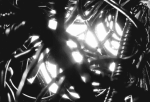
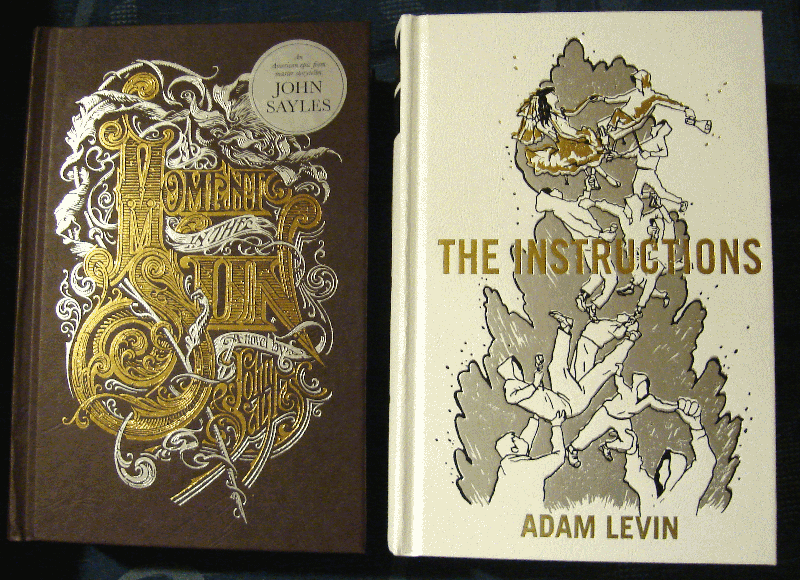
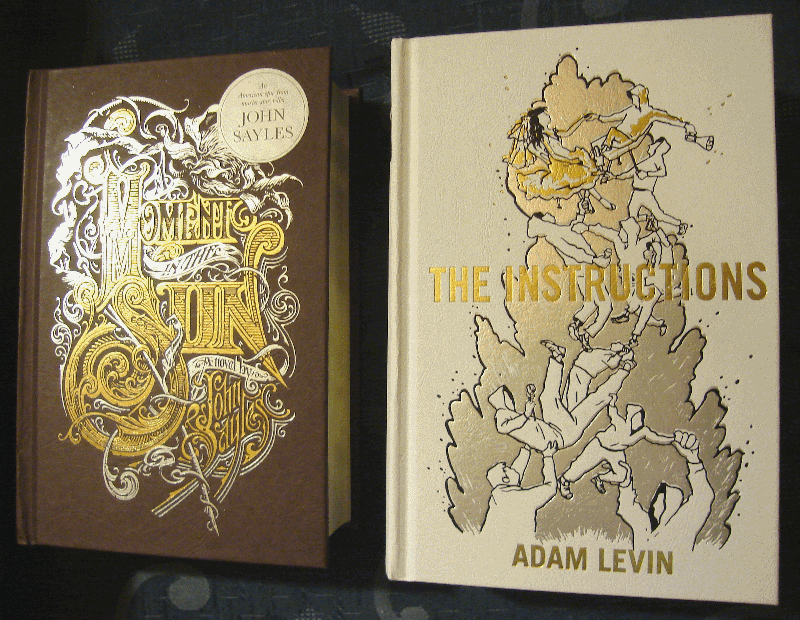
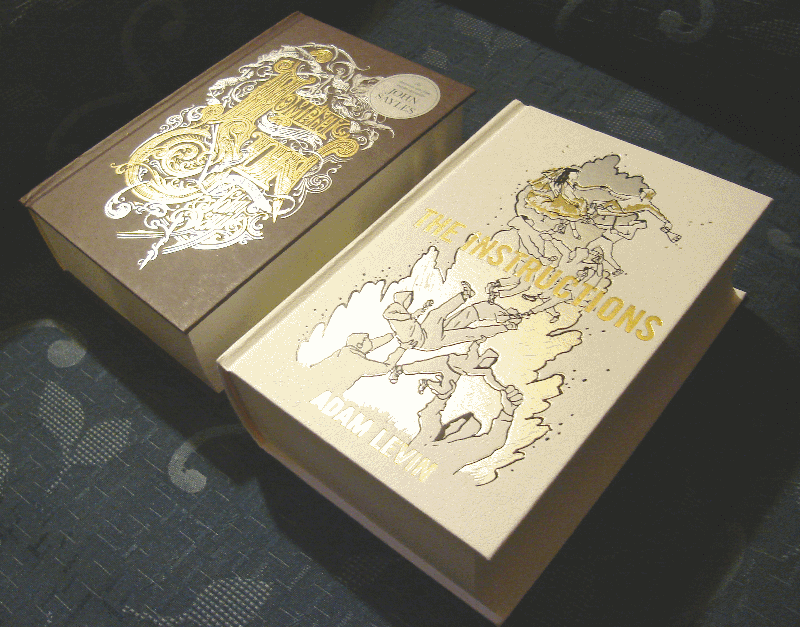


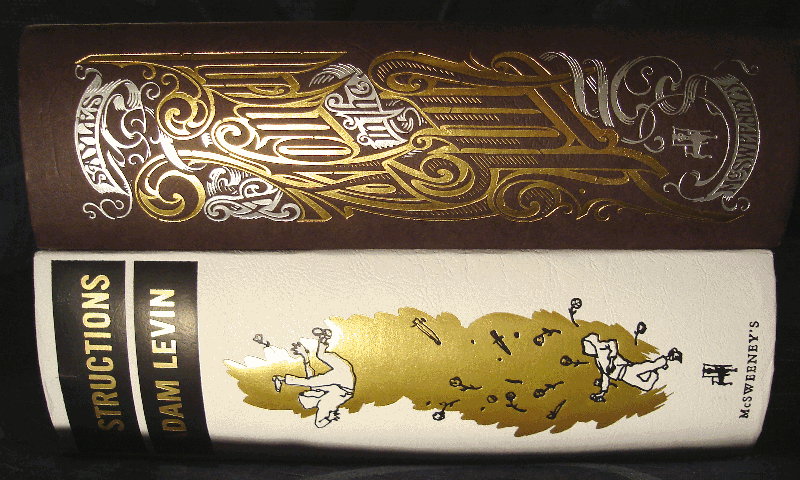
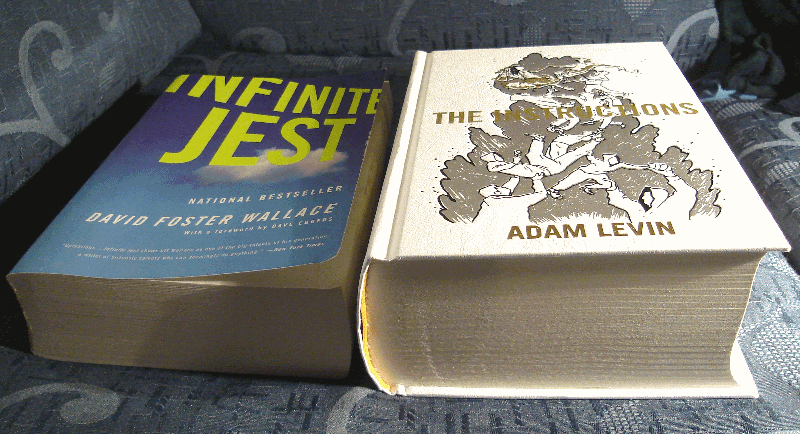
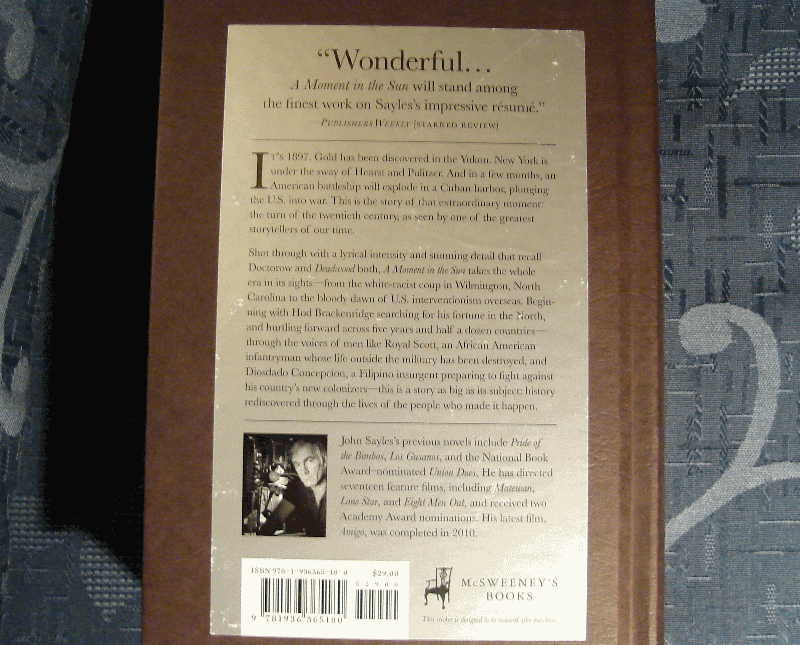
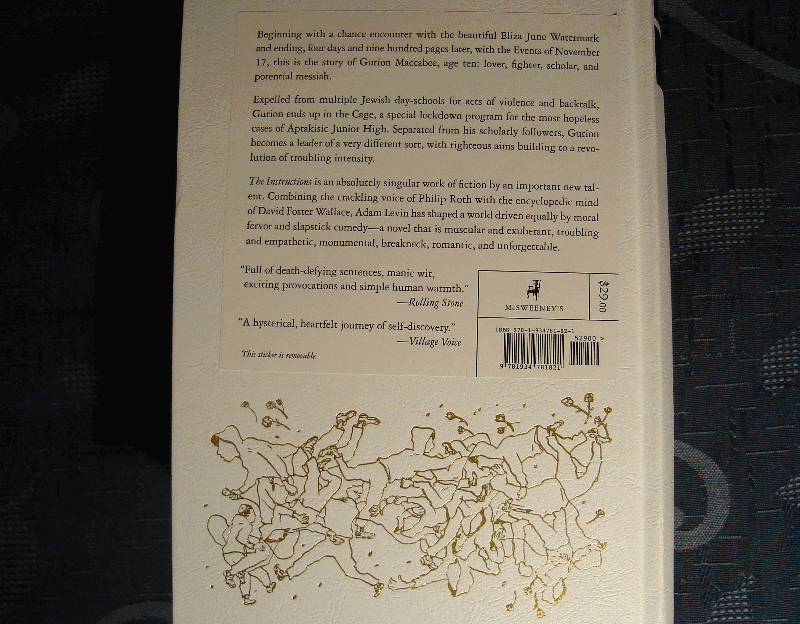
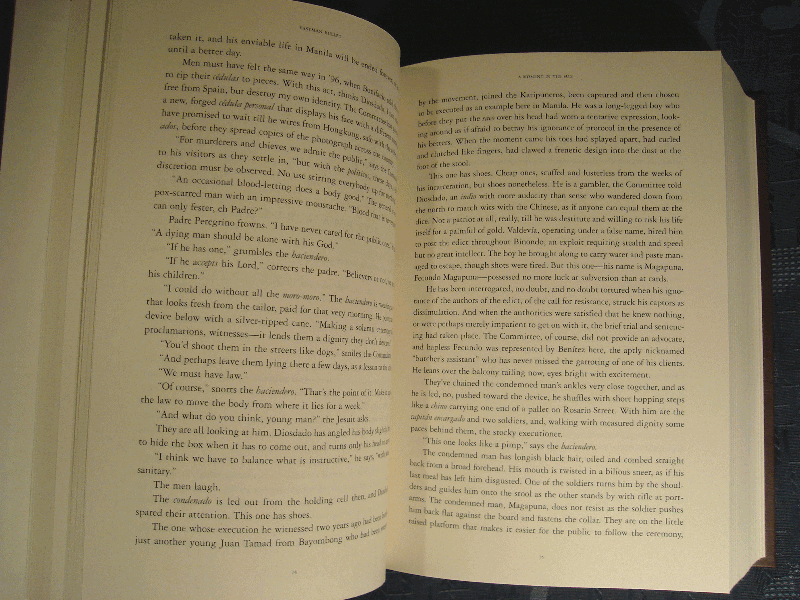
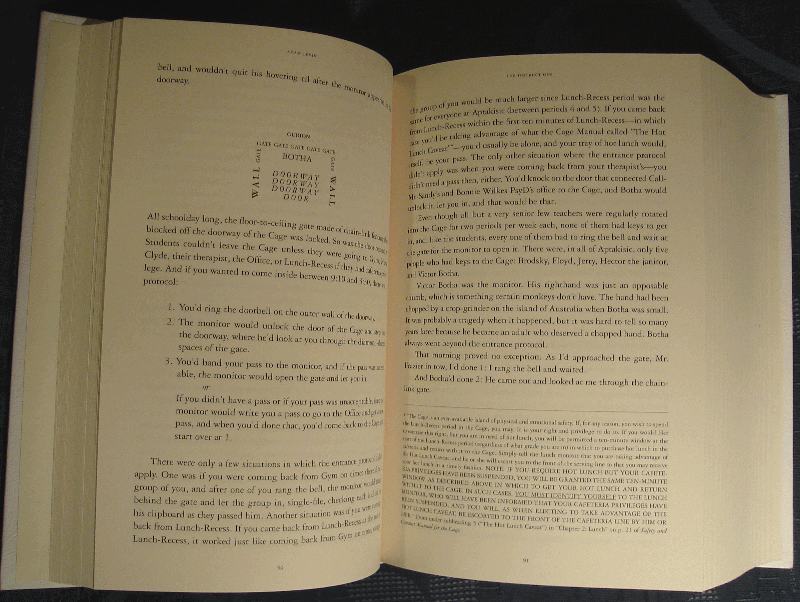

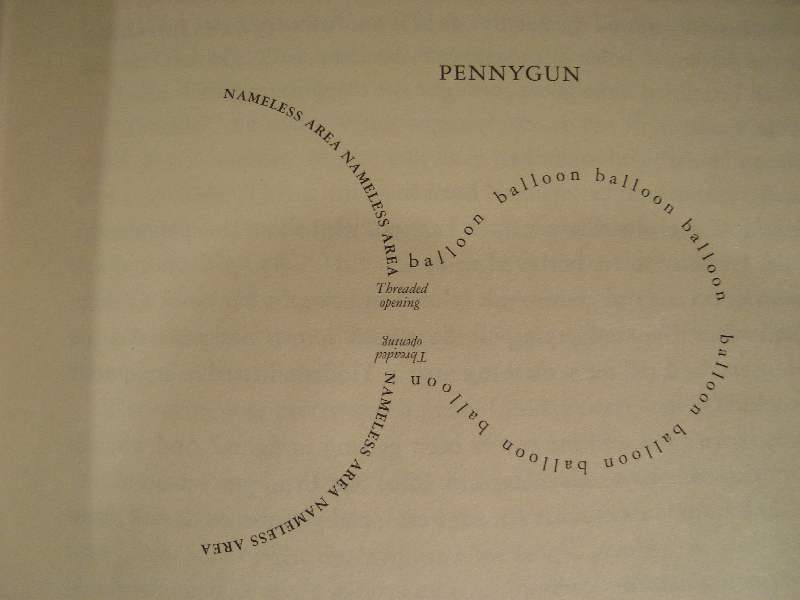
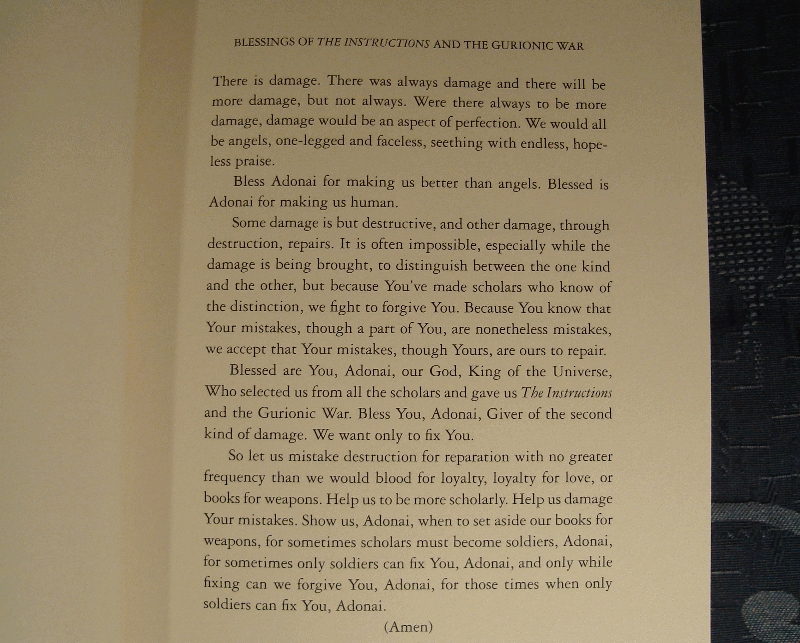
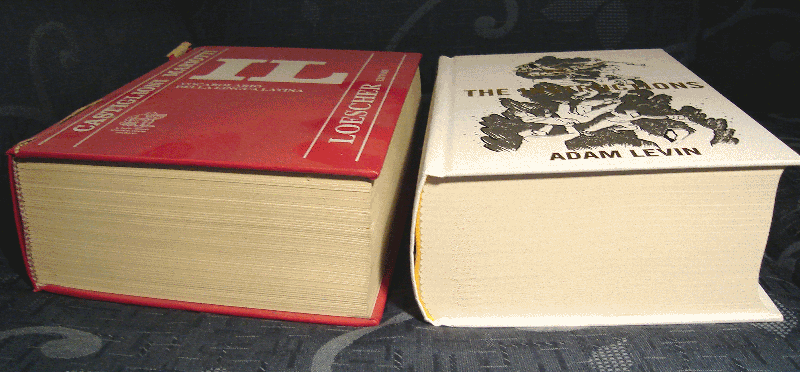
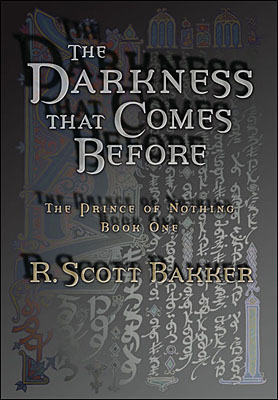 This is a controversial book. One that does not play safe or is written for comfort. It’s a vertical climb, it is ambitious and audacious. Especially, it shrugs off everything that doesn’t belong to these adjectives. After all the recent discussions about nihilism and the lack of strong, edifying moral messages in Fantasy, what’s written in this book ridicules and disregards the simplicity of the framing of those passing judgements. It goes beyond. The fabric of this book is made of “delusions” and “revelations” locked together in a system with no end: a revelation only becomes set-up for a much bigger and crushing delusion. It’s when one thinks of leading that he’s only lead on a leash.
This is a controversial book. One that does not play safe or is written for comfort. It’s a vertical climb, it is ambitious and audacious. Especially, it shrugs off everything that doesn’t belong to these adjectives. After all the recent discussions about nihilism and the lack of strong, edifying moral messages in Fantasy, what’s written in this book ridicules and disregards the simplicity of the framing of those passing judgements. It goes beyond. The fabric of this book is made of “delusions” and “revelations” locked together in a system with no end: a revelation only becomes set-up for a much bigger and crushing delusion. It’s when one thinks of leading that he’s only lead on a leash.